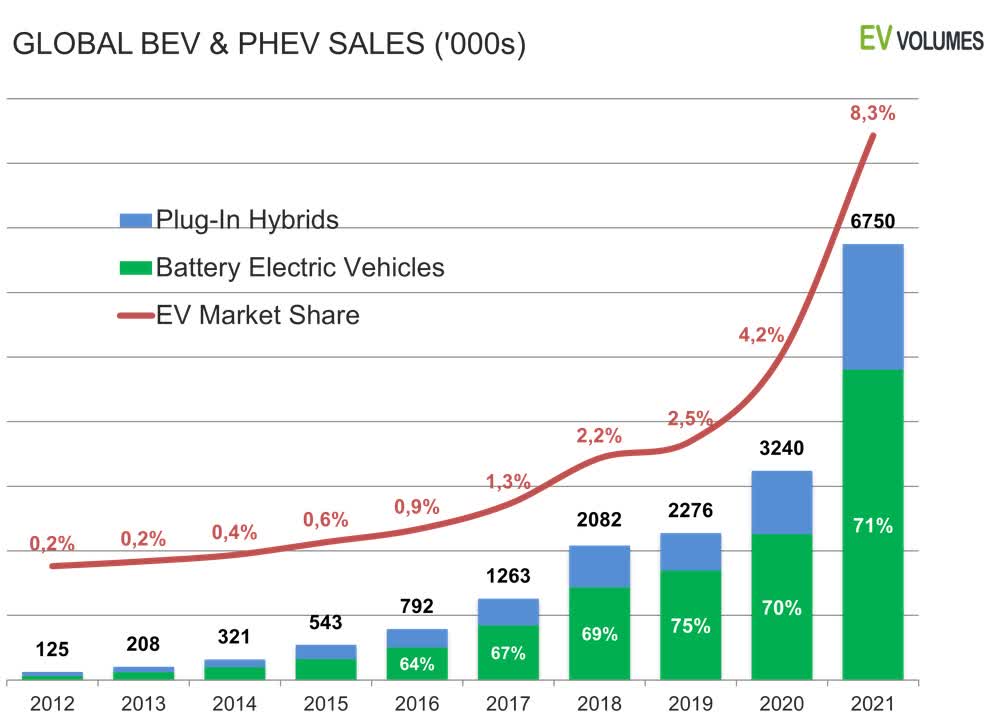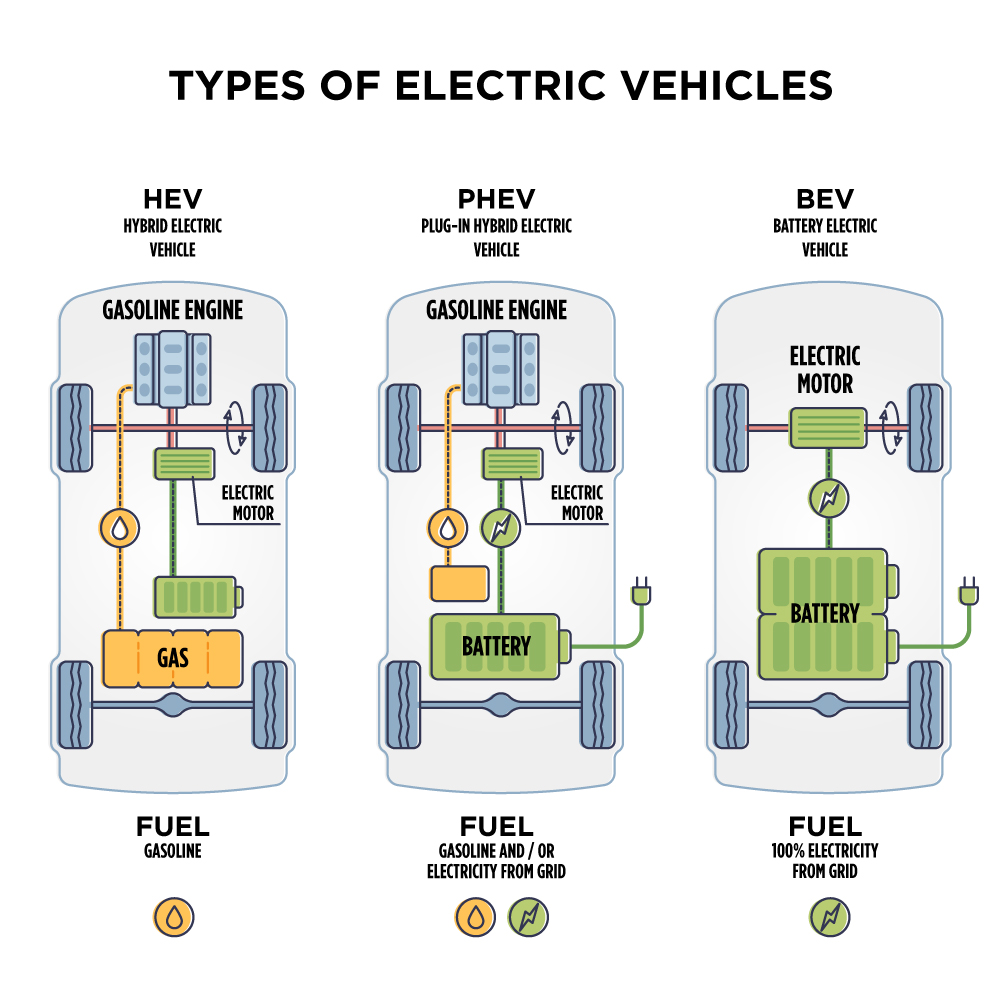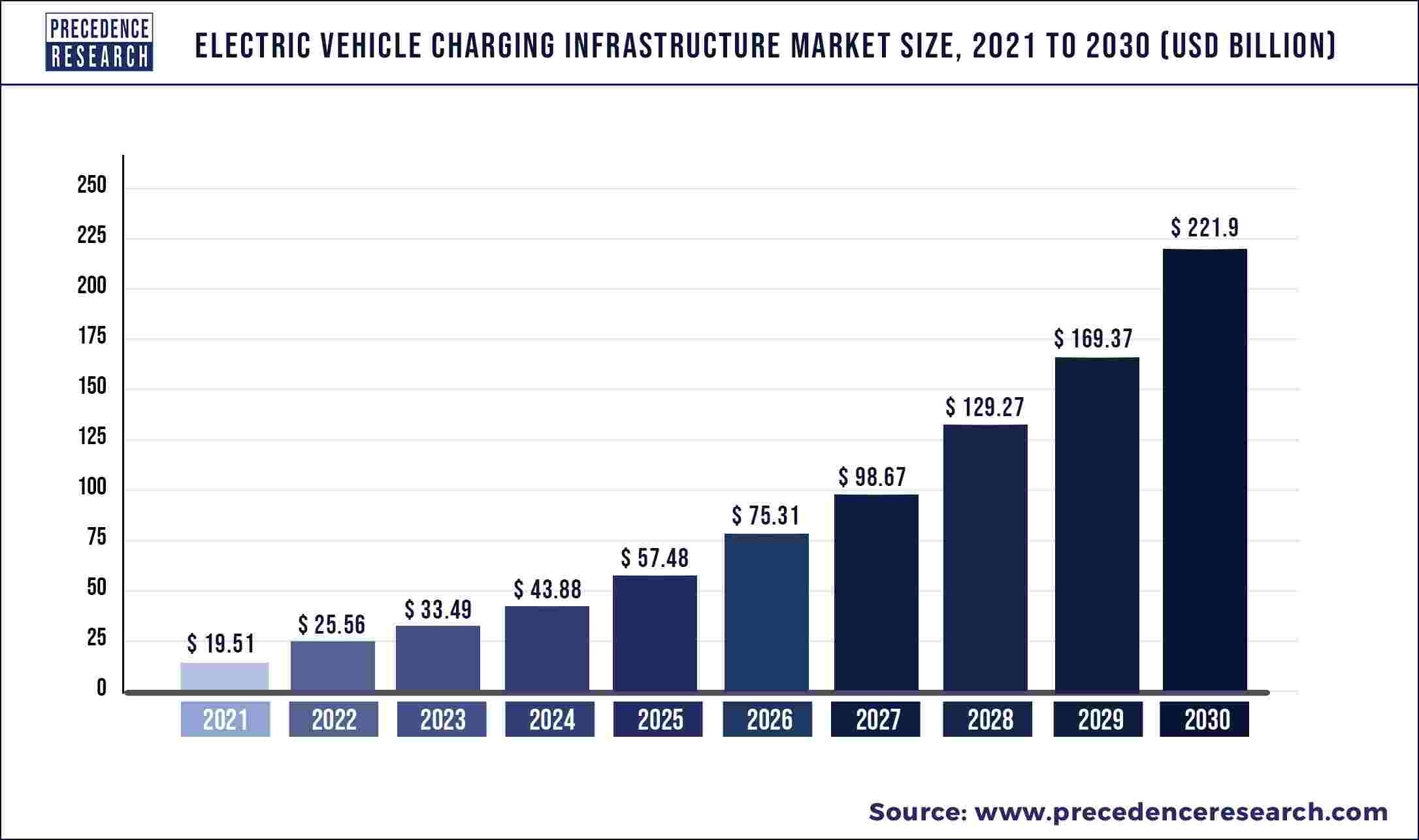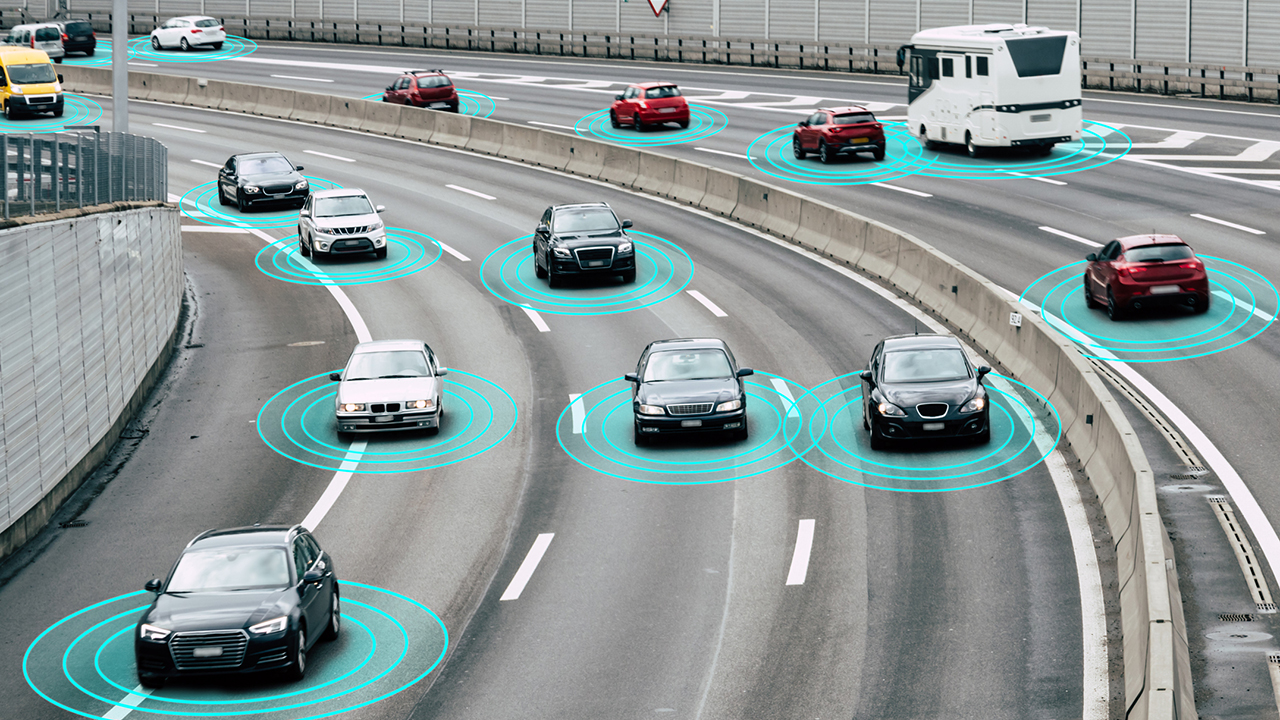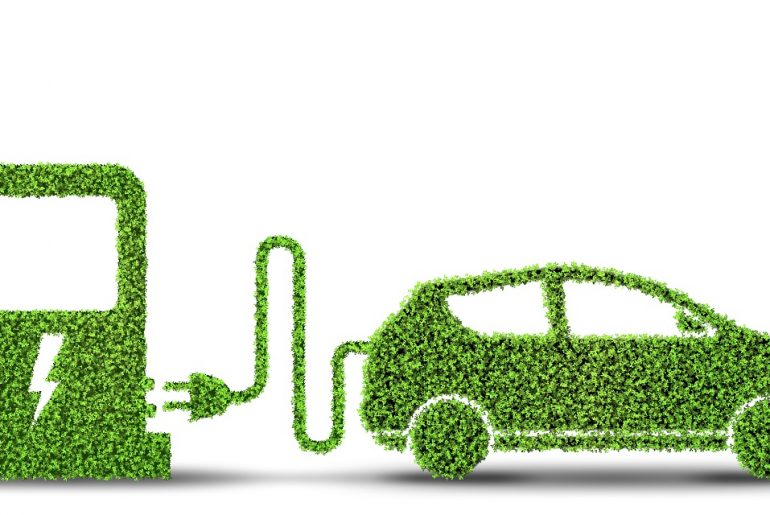Unlocking the Potential of Electric Vehicles: Market Insights and Analysis
The electric vehicle (EV) market has experienced significant growth in recent years, driven by increasing demand for sustainable and environmentally friendly transportation options. As governments around the world implement policies to reduce greenhouse gas emissions and promote the adoption of EVs, the industry is poised for continued expansion. According to a report by the International Energy Agency (IEA), the global EV market is expected to reach 14 million units by 2025, up from just 2 million in 2020.
Key players in the EV industry, such as Tesla, Volkswagen, and Nissan, are investing heavily in research and development to improve the range, performance, and affordability of their vehicles. Governments are also playing a crucial role in promoting the adoption of EVs, with many offering incentives such as tax credits, rebates, and exemptions from certain fees. For example, the US federal government offers a tax credit of up to $7,500 for the purchase of an EV, while the Chinese government provides subsidies of up to 50,000 yuan (approximately $7,200 USD) for EV buyers.
Despite the growth in demand, the EV industry still faces significant challenges, including high production costs, limited charging infrastructure, and range anxiety. However, as technology continues to improve and economies of scale are achieved through increased production, these challenges are expected to be addressed. The electric motor industry, which is closely tied to the EV industry, is also experiencing rapid growth and innovation, with advancements in motor efficiency, power density, and cost reduction.
As the EV market continues to evolve, it is likely that we will see increased consolidation and partnerships between manufacturers, suppliers, and technology companies. This trend is already evident, with companies such as Tesla, Volkswagen, and Daimler forming partnerships with technology firms like Google, Apple, and Microsoft to develop autonomous driving and connectivity solutions. The electric vehicle and electric motor industry trends are clear: the future of transportation is electric, and companies that invest in innovation and sustainability will be best positioned for success.
How to Navigate the Evolving Electric Motor Landscape: Key Technologies and Innovations
The electric motor is a critical component of electric vehicles (EVs), and its design and functionality play a significant role in determining the overall performance, efficiency, and range of the vehicle. As the EV industry continues to evolve, electric motor technology is also advancing, with various types of motors being developed and improved. In this article, we will explore the different types of electric motors used in EVs, including permanent magnet motors, induction motors, and switched reluctance motors.
Permanent magnet motors are widely used in EVs due to their high efficiency, reliability, and compact design. These motors use permanent magnets as the rotor, which eliminates the need for electrical current to generate the magnetic field. This design results in higher efficiency and reduced energy consumption. However, permanent magnet motors can be more expensive to produce than other types of motors, which can impact the overall cost of the vehicle.
Induction motors, on the other hand, use electromagnetic induction to generate the magnetic field. These motors are less expensive to produce than permanent magnet motors and offer high efficiency and reliability. However, they can be larger and heavier than permanent magnet motors, which can impact the overall design and packaging of the vehicle.
Switched reluctance motors are another type of motor used in EVs, which use a unique design that eliminates the need for permanent magnets or electromagnetic induction. These motors offer high efficiency and reliability, as well as a compact design, making them an attractive option for EV manufacturers. However, switched reluctance motors can be more complex to control than other types of motors, which can impact their overall performance.
Recent innovations and advancements in electric motor technology have focused on improving efficiency, reducing cost, and increasing performance. For example, the use of advanced materials such as neodymium and dysprosium has improved the efficiency and reliability of permanent magnet motors. Additionally, the development of new motor designs, such as the axial flux motor, has improved the performance and efficiency of EVs.
As the electric vehicle and electric motor industry trends continue to evolve, it is likely that we will see further innovations and advancements in electric motor technology. The development of new motor designs, materials, and control systems will play a critical role in improving the performance, efficiency, and range of EVs, and will help to drive the growth of the EV industry.
The Rise of Electrification: Trends in Electric Vehicle Adoption and Charging Infrastructure
The electric vehicle (EV) market is experiencing rapid growth, driven by increasing demand for sustainable and environmentally friendly transportation options. As governments around the world implement policies to promote the adoption of EVs, the industry is poised for continued expansion. According to a report by the International Energy Agency (IEA), the global EV market is expected to reach 14 million units by 2025, up from just 2 million in 2020.
The growth in EV adoption is being driven by a combination of factors, including government incentives, declining battery costs, and increasing consumer awareness of the environmental benefits of EVs. Governments are playing a crucial role in promoting the adoption of EVs, with many offering incentives such as tax credits, rebates, and exemptions from certain fees. For example, the US federal government offers a tax credit of up to $7,500 for the purchase of an EV, while the Chinese government provides subsidies of up to 50,000 yuan (approximately $7,200 USD) for EV buyers.
As the demand for EVs continues to grow, the need for charging infrastructure is becoming increasingly important. Governments, companies, and individuals are investing heavily in the development of charging networks, with many countries setting ambitious targets for the expansion of charging infrastructure. For example, the US government has set a target of 500,000 public charging points by 2025, while the European Union has set a target of 1 million public charging points by 2025.
The development of charging infrastructure is not only important for supporting the growth of the EV market, but also for reducing range anxiety and increasing consumer confidence in EVs. As the charging infrastructure continues to expand, it is likely that we will see increased adoption of EVs, particularly in urban areas where charging infrastructure is more developed.
Companies are also playing a crucial role in promoting the adoption of EVs and the development of charging infrastructure. Many companies, such as Tesla, Volkswagen, and Nissan, are investing heavily in the development of charging networks and are offering incentives to customers who purchase EVs. Additionally, companies such as ChargePoint and EVgo are providing charging solutions for EV owners, making it easier for consumers to charge their vehicles on the go.
As the electric vehicle and electric motor industry trends continue to evolve, it is likely that we will see increased investment in charging infrastructure and the development of new charging technologies. The growth of the EV market will depend on the continued expansion of charging infrastructure, and companies that invest in this area will be well-positioned for success.
Electric Motor Efficiency: The Key to Unlocking Better Range and Performance
Electric motor efficiency is a critical factor in determining the overall performance and range of electric vehicles (EVs). As the demand for EVs continues to grow, manufacturers are under increasing pressure to improve the efficiency of their electric motors in order to provide better range and performance. In this article, we will explore the importance of electric motor efficiency in EVs and discuss the different techniques used to improve motor efficiency.
Electric motor efficiency refers to the ability of the motor to convert electrical energy into mechanical energy. In EVs, the electric motor is responsible for propelling the vehicle, and its efficiency has a direct impact on the vehicle’s range and performance. Improving electric motor efficiency can be achieved through a variety of techniques, including the use of advanced materials, cooling systems, and motor design optimization.
One of the most effective ways to improve electric motor efficiency is through the use of advanced materials. For example, the use of high-temperature superconductors can improve motor efficiency by reducing energy losses. Additionally, the use of advanced magnetic materials can improve motor efficiency by increasing the motor’s power density.
Cooling systems are also critical in improving electric motor efficiency. As electric motors operate, they generate heat, which can reduce their efficiency. Advanced cooling systems, such as liquid cooling and air cooling, can help to reduce the temperature of the motor and improve its efficiency.
Motor design optimization is also an important technique for improving electric motor efficiency. By optimizing the design of the motor, manufacturers can reduce energy losses and improve the motor’s overall efficiency. This can be achieved through the use of advanced simulation tools and testing techniques.
The electric vehicle and electric motor industry trends are clear: improving electric motor efficiency is critical to providing better range and performance. As manufacturers continue to invest in research and development, we can expect to see significant improvements in electric motor efficiency in the coming years. This will have a major impact on the adoption of EVs, as consumers will be able to enjoy better range and performance without sacrificing efficiency.
In conclusion, electric motor efficiency is a critical factor in determining the overall performance and range of EVs. By using advanced materials, cooling systems, and motor design optimization, manufacturers can improve electric motor efficiency and provide better range and performance. As the demand for EVs continues to grow, we can expect to see significant investments in research and development to improve electric motor efficiency.
Autonomous and Connected Electric Vehicles: The Future of Transportation
The electric vehicle (EV) industry is on the cusp of a revolution, with the integration of autonomous driving and connectivity technologies set to transform the way we travel. Autonomous and connected EVs are being hailed as the future of transportation, offering a safer, more efficient, and more enjoyable driving experience. In this article, we will explore the intersection of electric vehicles and autonomous driving, including the potential benefits and challenges of this technology.
Autonomous driving technology has been gaining traction in recent years, with many major automakers investing heavily in the development of self-driving cars. The integration of autonomous driving technology with EVs is a natural fit, as both technologies share a common goal of reducing emissions and improving efficiency. Autonomous EVs can optimize their route and driving style to minimize energy consumption, reducing the strain on the battery and improving overall efficiency.
Connectivity is also a key component of the autonomous EV experience, enabling vehicles to communicate with each other and with the surrounding infrastructure. This connectivity can be used to optimize traffic flow, reduce congestion, and improve safety. For example, autonomous EVs can communicate with traffic lights to optimize their route and reduce waiting times, or with other vehicles to avoid collisions.
The benefits of autonomous and connected EVs are numerous, including improved safety, reduced emissions, and increased efficiency. Autonomous EVs can detect and respond to hazards more quickly than human drivers, reducing the risk of accidents and improving safety. Additionally, autonomous EVs can optimize their route and driving style to minimize energy consumption, reducing emissions and improving overall efficiency.
However, there are also challenges associated with the development and deployment of autonomous and connected EVs. One of the main challenges is the need for advanced infrastructure, including high-speed data networks and dedicated lanes for autonomous vehicles. Additionally, there are concerns around cybersecurity and data privacy, as autonomous EVs rely on complex software and data analytics to operate.
Despite these challenges, the electric vehicle and electric motor industry trends are clear: autonomous and connected EVs are the future of transportation. As the technology continues to evolve and improve, we can expect to see widespread adoption of autonomous and connected EVs, transforming the way we travel and reducing our impact on the environment.
Charging Ahead: Advances in Battery Technology and Energy Storage
The electric vehicle (EV) industry is rapidly evolving, with advances in battery technology and energy storage playing a crucial role in shaping the future of transportation. As the demand for EVs continues to grow, manufacturers are under increasing pressure to improve the range, efficiency, and affordability of their vehicles. In this article, we will explore the latest developments in battery technology and energy storage, and examine the impact of these advancements on the EV industry.
One of the most significant advancements in battery technology is the development of solid-state batteries. These batteries replace the traditional liquid electrolyte with a solid material, enhancing safety, energy density, and charging speeds. Solid-state batteries have the potential to increase the range of EVs by up to 50%, making them a game-changer for the industry.
Lithium-air batteries are another innovative solution that is gaining traction in the EV industry. These batteries have the potential to increase the range of EVs by up to 500%, making them a promising technology for long-distance driving. However, lithium-air batteries are still in the early stages of development, and significant technical challenges need to be overcome before they can be widely adopted.
Other innovative solutions, such as graphene batteries and supercapacitors, are also being developed to improve the performance and efficiency of EVs. Graphene batteries, for example, have the potential to increase the energy density of batteries by up to 10 times, making them a promising technology for high-performance EVs.
The impact of these advancements on the EV industry is significant. As battery technology improves, EVs will become more efficient, affordable, and appealing to consumers. This will drive growth in the EV market, and help to reduce greenhouse gas emissions and other negative environmental impacts associated with traditional fossil fuel-based transportation.
The electric vehicle and electric motor industry trends are clear: advances in battery technology and energy storage are critical to the future of transportation. As manufacturers continue to invest in research and development, we can expect to see significant improvements in EV range, efficiency, and affordability. This will drive growth in the EV market, and help to create a more sustainable and environmentally friendly transportation system.
Sustainable and Responsible: The Environmental Impact of Electric Vehicles
The electric vehicle (EV) industry is often touted as a sustainable and environmentally friendly alternative to traditional fossil fuel-based transportation. However, the environmental impact of EVs is more complex than it initially seems. In this article, we will examine the environmental benefits and challenges of EVs, including their carbon footprint, resource extraction, and end-of-life recycling.
One of the most significant environmental benefits of EVs is their reduced carbon footprint. EVs produce zero tailpipe emissions, which means they do not contribute to greenhouse gas emissions or air pollution in urban areas. However, the production of EVs requires significant amounts of energy, which can lead to increased greenhouse gas emissions if the energy is generated from fossil fuels.
Resource extraction is another environmental challenge associated with EVs. The production of EV batteries requires significant amounts of lithium, cobalt, and other rare earth metals, which can have negative environmental impacts if not extracted responsibly. Additionally, the mining of these resources can lead to human rights abuses and environmental degradation if not properly regulated.
End-of-life recycling is also an important consideration for the EV industry. As the number of EVs on the road increases, the need for responsible recycling practices will become more pressing. The recycling of EV batteries can help to reduce waste and recover valuable materials, but it requires significant investment in infrastructure and technology.
Despite these challenges, the electric vehicle and electric motor industry trends are clear: sustainable and responsible practices are essential for the long-term success of the industry. As manufacturers continue to invest in research and development, we can expect to see significant improvements in the environmental sustainability of EVs.
Companies are already taking steps to address the environmental challenges associated with EVs. For example, some manufacturers are investing in renewable energy sources to power their production facilities, while others are developing closed-loop recycling systems to recover valuable materials from end-of-life EVs.
Governments also have a critical role to play in promoting sustainable and responsible practices in the EV industry. By implementing policies and regulations that encourage the use of renewable energy sources and responsible resource extraction, governments can help to reduce the environmental impact of EVs and promote a more sustainable transportation system.
Investing in the Future: Electric Vehicle and Electric Motor Industry Outlook
The electric vehicle (EV) and electric motor industries are rapidly evolving, with significant investment opportunities emerging in the market. As the demand for EVs continues to grow, manufacturers are investing heavily in research and development to improve the range, efficiency, and affordability of their vehicles. In this article, we will provide an overview of the investment landscape for the EV and electric motor industries, including trends, opportunities, and challenges.
Venture capital is playing a critical role in driving innovation and growth in the EV and electric motor industries. Many venture capital firms are investing in startups and early-stage companies that are developing new technologies and solutions for the EV market. For example, companies like Tesla and Rivian have received significant investment from venture capital firms to support their growth and development.
Private equity is also a significant player in the EV and electric motor industries. Many private equity firms are investing in established companies that are looking to expand their operations and improve their competitiveness in the market. For example, companies like General Motors and Ford have received significant investment from private equity firms to support their EV initiatives.
Public funding is also an important source of investment for the EV and electric motor industries. Governments around the world are providing significant funding for research and development, as well as incentives for companies to invest in the EV market. For example, the US government has provided significant funding for EV research and development, as well as incentives for companies to invest in the EV market.
The electric vehicle and electric motor industry trends are clear: investment is critical to driving innovation and growth in the market. As manufacturers continue to invest in research and development, we can expect to see significant improvements in the range, efficiency, and affordability of EVs. This will drive growth in the EV market, and help to create a more sustainable and environmentally friendly transportation system.
However, there are also challenges associated with investing in the EV and electric motor industries. One of the main challenges is the high cost of investment, particularly for startups and early-stage companies. Additionally, there are risks associated with investing in a rapidly evolving market, where technologies and trends are constantly changing.
Despite these challenges, the investment landscape for the EV and electric motor industries is promising. As manufacturers continue to invest in research and development, we can expect to see significant improvements in the range, efficiency, and affordability of EVs. This will drive growth in the EV market, and help to create a more sustainable and environmentally friendly transportation system.

